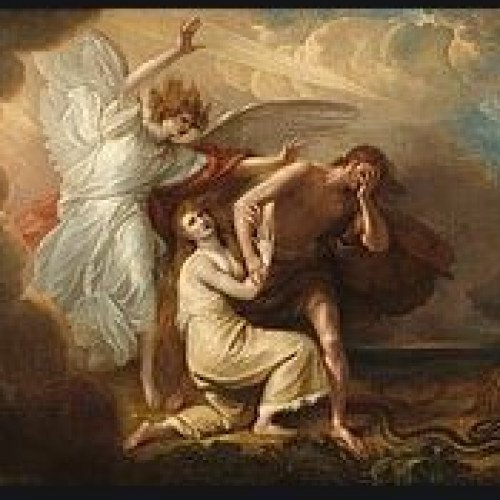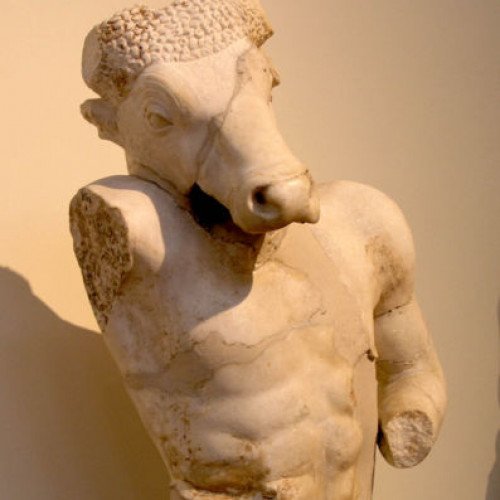Jewish mythology VS Minotaur

Jewish mythology
Jewish mythology is a major literary element of the body of folklore found in the sacred texts and in traditional narratives that help explain and symbolize Jewish culture and Judaism. Elements of Jewish mythology have had a profound influence on Christian mythology and on Islamic mythology, as well as on world culture in general. Christian mythology directly inherited many of the narratives from the Jewish people, sharing in common the narratives from the Old Testament. Islamic mythology also shares many of the same stories; for instance, a creation-account spaced out over six periods, the legend of Abraham, the stories of Moses and the Israelites, and many more.
Statistics for this Xoptio

Minotaur
In Greek mythology, the Minotaur ( MY-nə-TOR, MIN-ə-TOR, US: MIN-ə-TAR, -oh-; Ancient Greek: Μινώταυρος [miːnɔ̌ːtau̯ros]; in Latin as Minotaurus [miːnoːˈtau̯rʊs]) is a mythical creature portrayed in Classical times with the head and tail of a bull and the body of a man or, as described by Roman poet Ovid, a being "part man and part bull". He dwelt at the center of the Labyrinth, which was an elaborate maze-like construction designed by the architect Daedalus and his son Icarus, on the command of King Minos of Crete. The Minotaur was eventually killed by the Athenian hero Theseus.